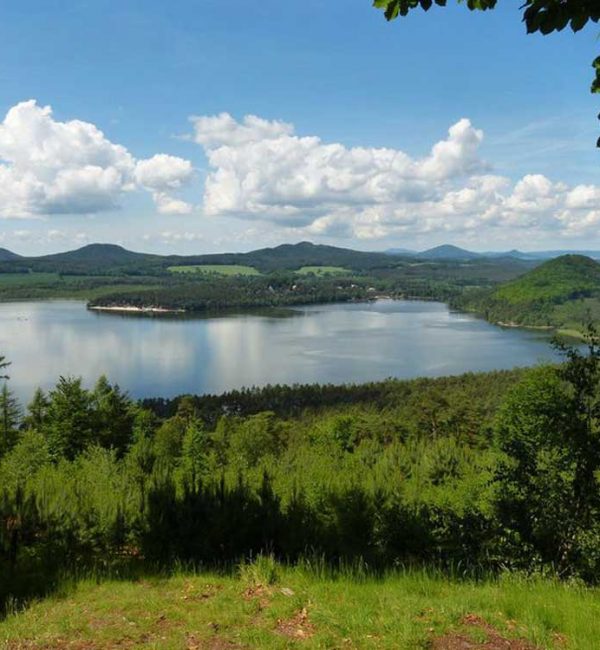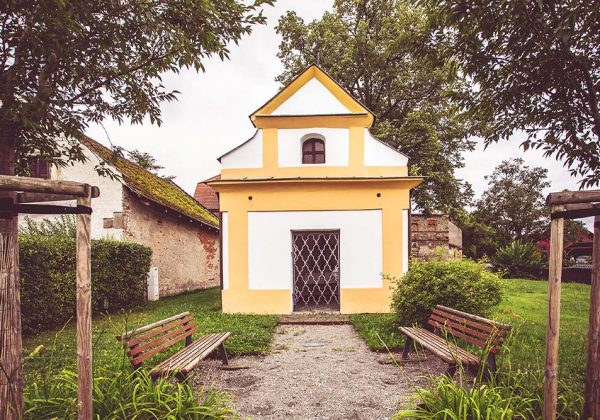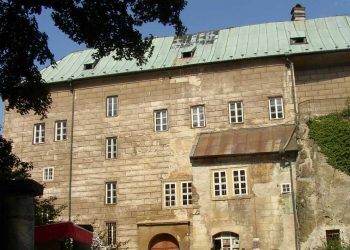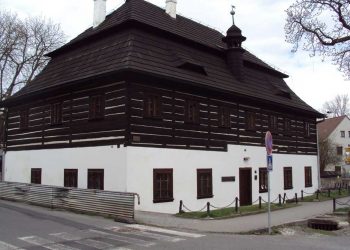Mácha region

The Macha region is located in the southwestern part of the Liberec region, with its southern edge, which is the Kokořín region, extends into the Central Bohemian region. In 1961, a tourist guide called Macha's Region was published. Its author, František Patočka, first designated the 1813 km2 area as the Macha Area and defined its boundaries. In the east it reaches to Český Dub, then along the Jizera river through Mnichovo Hradiště, Bakov nad Jizerou, Mladá Boleslav to Krnsko. The southern border is Kokořínsko, the southwestern border is formed by the river Liběchovka from Liběchov to Zakšín, the west is bordered by Úštěk and Verneřice. The northern border leads through the valley of the river Ploučnice to Osečná. The heart of the Macha region are Doksy with Macha Lake, and Dubá, which is the starting point for the amazing landscape of Dub Switzerland and Kokořínsko. The Gothic royal castle Bezděz in the east, together with the ruins of Starý Berštejn in the west, Houska chateau in the south and Ralsko in the north, form an inseparable dominant feature of the Mácha region. Here you will find rocky canyons, viewpoints, water areas, river bends, romantic villages or breathtaking castle silhouettes. It is no wonder that this region captivated the poetic soul of Karel Hynek Mácha.
This traditional recreational area is sought after and frequently visited. There is an inexhaustible number of tourist destinations, routes and opportunities to enjoy active holidays and cultural events. There are many cycling and hiking trails, historical and cultural monuments, the beauty of nature, opportunities for sports and relaxation.
The village of Tachov


Tips for trips

Mácha Lake
The largest artificial water area (278 ha) of the Mácha region was established as the Great Pond by Emperor Charles IV. in 1367.
Discover the beauty of the region by bike
The village of Tachov is located at the crossroads of cycle routes that offer active experiences and many stops in the picturesque surroundings of the Macha region and the Kokořín region.







